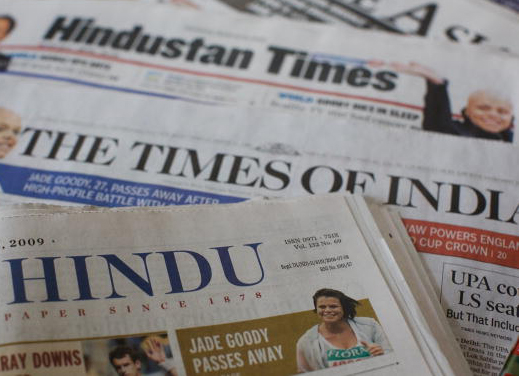
India seeks to boost ties with ASEAN in 2013
The year 2013 turned out to be turbulent for South East Asia with key countries facing political chaos, rioting and a deadly typhoon, even as India sought to boost strategic ties with the ASEAN region on economic and security issues. The significance of the ASEAN was evident with Prime Minister Manmohan Singh's visit to Thailand in May, packed with meetings with his counterpart Yingluck Shinawatra and the signing of seven accords. Singh described Thailand as the springboard for India's engagement with southeast and east Asia and said: "It remains the vital link in our Look East Policy and our strategic partnership with ASEAN." He said India saw Thailand as an important partner in promoting maritime security, regional economic integration and the evolution of an open, balanced and inclusive regional architecture anchored in ASEAN centrality. The two sides also signed the much awaited Extradition Treaty, with India eyeing to bring back Munna Zingada, a key aide of underworld don Dawood Ibrahim. "Our growing security cooperation received a major boost today. The Extradition Treaty, concluded after two decades of negotiations, and a memorandum on cooperation in anti-money laundering send a major signal of our shared commitment to combating terrorism, organised crime, drug trafficking and counterfeiting," Singh had said. Seeking greater cooperation with South East Asian countries on economic and security issues, India also announced a separate Mission for ASEAN region to be set up in Jakarta with a full-time resident ambassador. The ASEAN members welcomed the move as an illustration of the intensification of the ASEAN-India strategic partnership. Addressing the 11th ASEAN-India Summit in October in Brunei, Singh said India was ready to sign an FTA with ASEAN on services and investment to boost their bilateral trade to USD 100 billion by 2015, from USD 76 billion last year. Noting that connectivity is a strategic priority in India-ASEAN relationships, the Prime Minister said that the 3,200-km trilateral highway linking India, Myanmar and Thailand is expected to be ready by 2016.
(Source: Economic Times)
Gems and jewellery imports via SEZ likely to be banned
After successfully clamping down on gold imports to bring the runaway current account deficit under control, the government has set its sights on diamonds, precious and semiprecious stones, and precious metals, which it says are being round-tripped through dutyfree special economic zones (SEZs), with traders illegally creaming off the arbitrage. The department of commerce says it has uncovered a racket that involves the diversion of gems and jewellery into the domestic market through SEZs, avoiding the import duty that's otherwise due on such items. The SEZ route, meant to be used by importers for value addition and re-export, is being used a giant loophole, according to the government. India is a global hub for diamond polishing and ornament making and gems and jewellery account for a substantial portion of the country's exports. The government's move comes after a number of units in the Surat SEZ were found to be indulging in gold, pearl and diamond trading instead of manufacturing. Surat is India's main diamond-polishing centre. The commerce department has directed development commissioners of SEZs to conduct random checks of consignments of gems and jewellery units. They have also been directed to examine transactions by the units in the past three years and take strict action if there's been any breach of rules and in cases of imported gold, diamonds and jewellery leaking into the domestic market.
(Source: Economic Times)
Traders rope in NRIs to fetch gold from overseas
Non-resident Indians are bringing gold into the country by taking advantage of rules that allow each individual to carry 1 kg of the metal, helping traders cope with restrictions on imports during the peak wedding season. India, vying with China to be the top buyer of gold, has choked imports to narrow its trade gap and curb the outflow of dollars. The measures included raising the import duty to a record 10% and making it mandatory to export as jewellery 20% of all gold imports. But non-residents who have stayed abroad for more than six months can bring in gold on payment of the import duty, irrespective of end use. Such is the demand that some traders are paying passengers' air fares if they agree to carry gold. About 80 kg of gold was brought in by non-resident Indians (NRIs) this month on a flight from Dubai to Calicut in the southern state of Kerala, said an airport official who did not want to be identified. Travel agents typically book about 20-30 tickets on a flight on behalf of NRIs, who are accompanied by people working for traders, said Bachhraj Bamalwa, director of the All India Gems and Jewellery Trade Federation, an umbrella body of more than 3,00,000 jewellers. Government officials estimate NRIs have imported a tonne of gold since mid-November, compared to nearly nothing in previous months. That's a boon for jewellers, many of which have been operating at half capacity due to a lack of stock.Official gold imports fell to about 21 tonne in November, less than half the monthly requirement, data from metals consultancy Thomson Reuters GFMS showed. Gold premiums in India rose to a record $160 per ounce on London prices earlier in December
(Source: Financial Times)
Economic Section
Royal Thai Embassy















